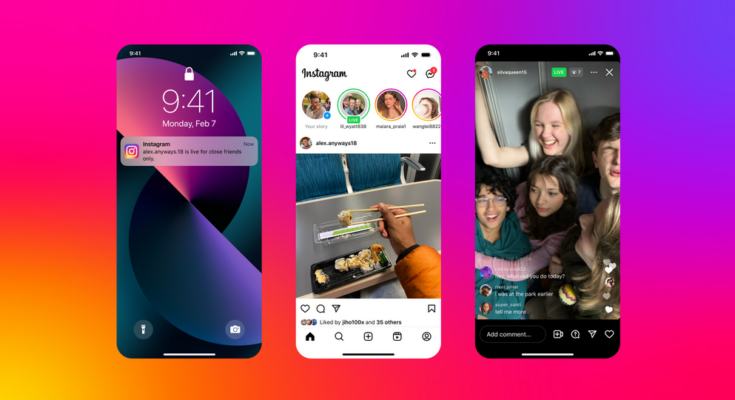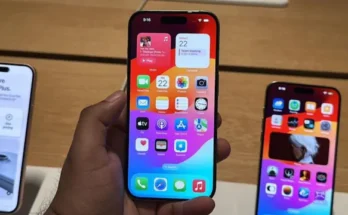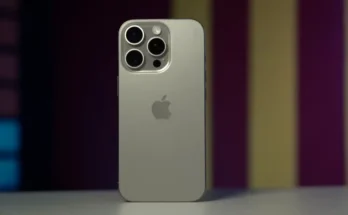Key Takeaways
- In an effort to save resources, Instagram reduces the quality of videos for posts with little interaction.
- Videos are first displayed in excellent quality, but as views decline, clarity deteriorates.
- Instagram will upgrade the quality of a post if it receives more views later.
According to Instagram Head Adam Mosseri, users may notice variations in the quality of their videos, particularly for those that receive fewer views.
During a Q&A session on his Instagram Stories last weekend, Mosseri clarified that the platform’s algorithm gives priority to video quality depending on user engagement, as reported by The Verge.
This implies that videos with more views are produced in a higher quality, while videos with fewer views can be of worse quality.
We will switch to a lesser quality if a video isn’t seen for an extended period of time. However, we’ll re-render it at a higher quality if it becomes popular again,” Mosseri explained in a video that a Threads user posted. In addition to saving bandwidth, this action enables Instagram to devote more resources to videos that receive more interactions.
In the video, Mosseri also mentioned that the platform will automatically reduce video quality for faster loading times if a viewer has a bad internet connection, making content access easier.
Although this approach optimizes the user experience, it presents issues for smaller creators who could feel underprivileged. While acknowledging the worry, Mosseri emphasized that Instagram is working to balance the algorithm to provide up-and-coming creators with an equal opportunity to be seen.
Mosseri countered that viewers are more inclined to interact with videos based on their content than their appearance, and that video quality frequently has less of an effect on engagement than the content itself.
As the battle among the leading social media platforms heats up, Meta is making every effort to prevent TikTok and Snapchat from surpassing Instagram.
To increase user engagement, the Facebook company has made a number of modifications to Instagram in recent months. The July launch of AI Studio for Instagram producers is one of the noteworthy changes. In September, tools that let users take off stickers from videos and images and leave comments on Instagram stories were added.
Although Mosseri asserts that this most recent improvement will aid in resource conservation without affecting user interaction, smaller creators who are up against larger influencers’ high-quality content are likely to become uneasy.



